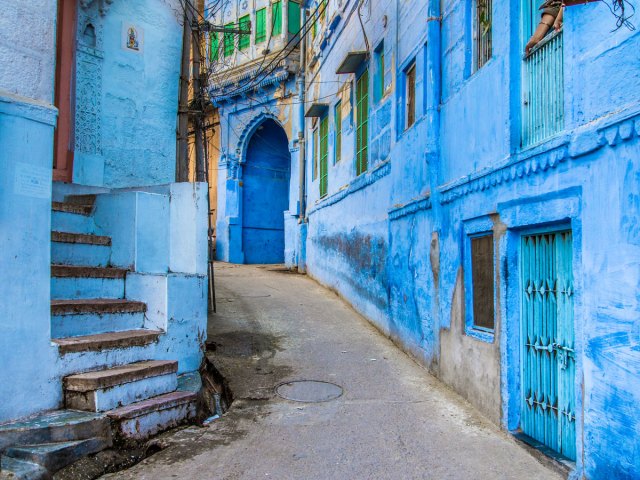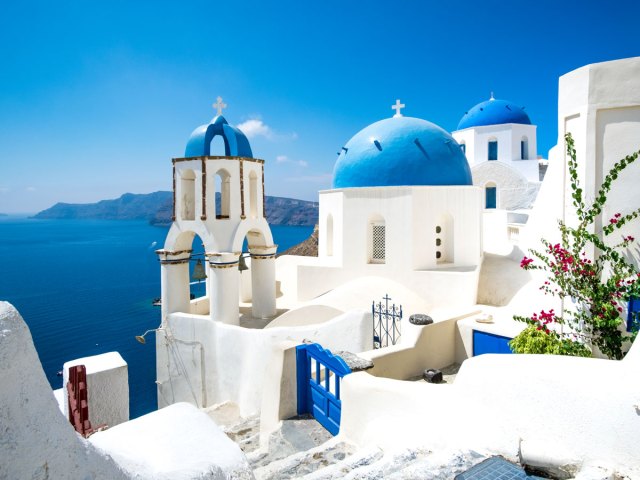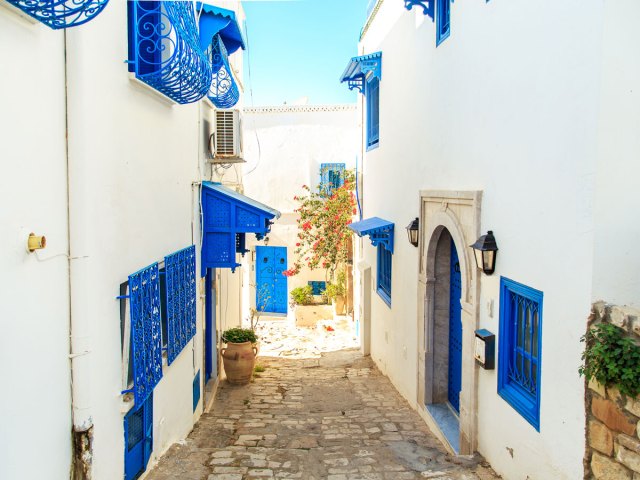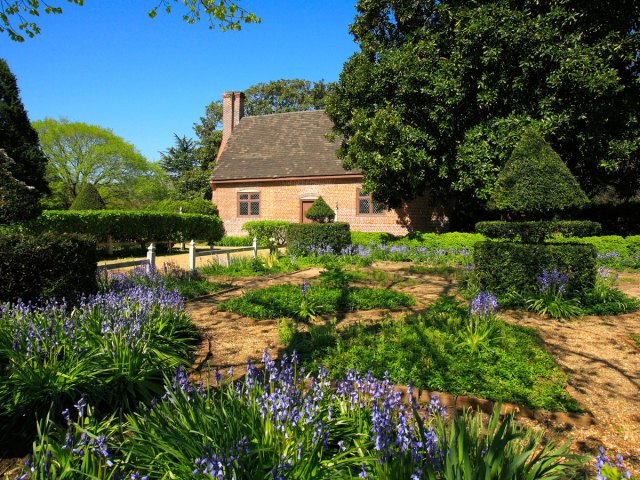If you’re a fan of vibrant colors, there are many stunning corners of the globe where you can experience all shades of the rainbow. While some destinations feature façades in a dazzling array of colors, other cities stick to a specific hue, with their impressive uniformity making them all the more stunning. You certainly won’t get the blues in these five famous blue towns around the world.
Jodhpur, India

Once the capital of the kingdom of Marwar, Jodhpur is the second-largest city in the Indian state of Rajasthan. It is also known worldwide as the “Blue City of India.” Jodhpur was founded in 1459 and was an important trading hub due to its geographic location on key routes between the East and West. Home to over a million people, the city is distinguished by its rows and rows of azure-colored buildings that now stretch far beyond the original walled city.
The color blue has religious connotations in India. In the Hindu religion, blue is linked to the god Lord Shiva, who drank poison to save Earth. In doing so, his blood turned blue and his followers adopted the shade. Another religious theory is that blue was the color of the Brahmin (priest) caste of India and that the priests would paint their houses to reflect their social status.
There are other non-religious theories to explain the love of blue. Many say it helps to keep the houses cool by reflecting the sun’s rays. Since Jodhpur endures some of the highest temperatures in all of India, any attempts to keep cool would be welcome. Others believe it keeps termites away. On a more practical note, the color might simply be due to the availability of building materials at the time — specifically limestone and copper sulfate, which create a rich blue when combined.
Chefchaouen, Morocco

The city of Chefchaouen is located in northwestern Morocco, not far from the major city of Tangiers. It was founded in 1471 as a fort town to protect against Portuguese invaders. Later, it fell into Spanish hands and remained part of Spanish Morocco for several centuries. Today, the city of almost 43,000 is a popular tourist destination among Europeans, who flock to the city each summer to shop and admire the blue architecture. The beautiful azure buildings have helped the city earn the nickname the “Blue Pearl.” For those counting, there are at least 50 distinct shades of blue on Chefchaouen’s walls.
But why blue? There are several theories as to why the color is so prominent in the area. Some claim that the color acts as a natural mosquito repellant. Although the insects like living near water, they dislike going in the water and so the theory is that painting a house blue will keep them from going inside. Other locals say it helps to beat the oppressive summer heat, but some simply suggest that the color serves as an aesthetic reminder of the nearby Mediterranean and adds personality to the village, drawing valuable tourism dollars.
The reality is most likely a combination of all of these reasons, and one more that links them all. In 1492, Sephardic Jews fled the Spanish inquisition and settled in Chefchaouen. With them, they brought their tradition of painting houses blue. The color acts as a reminder of the sky, and of the presence of God. It is likely that for a long time, only the Jewish parts of the city were painted blue, and some residents say that it has only been in the last few decades that the color trend has spread.
Oia, Greece

The Greek island of Santorini is a popular tourist destination with beautiful beaches, views of the azure Mediterranean, and laid-back tavernas. The village of Oia is particularly attractive and is one of the most photographed destinations in the region. Its gleaming whitewashed buildings are offset by colorful roofs and blue accents. Blue isn’t the only color on display here, as some roofs are painted shades of pink and red, but the village’s famous three blue-domed churches dominate the landscape.
One obvious explanation for the color choice might be patriotism. After all, blue and white are the colors of the Greek flag. They are also aesthetically pleasing in this Mediterranean locale, and the white does reflect the sun’s rays, keeping the heat at bay. Then there is the more practical explanation of the available building materials used. When mixed with local limestone, a common cleaning agent, loulaki, forms a vibrant cerulean blue paint. Since it is easy and cheap to find, as well as pretty, loulaki is a popular choice.
Sidi Bou Said, Tunisia

In the seaside suburb of Sidi Bou Said in the city of Tunis, bright blue adorns doors, window shutters, chairs, and more to provide the perfect accent to the town’s whitewashed homes. With a population of about 6,000, the town sits atop a hill overlooking the coast and provides a peaceful retreat from the hustle and bustle below.
Sidi Bou Said’s origins predate the 13th century, when Sufi prophet Abu Said Ibn Khalef Ibn Yahia El-Beji settled here. After his death, it became a popular pilgrimage site and the town, formerly known as Jebel El-Manar (Fire Mountain), eventually adopted his name.
Over the years, Sidi Bou Said has gained a reputation as a mecca for artists. French painter Rodolphe d’Erlanger was largely responsible for helping to spread the color palette during the 1920s, and his home is now a museum devoted to North African musical instruments. Later, the town attracted such luminaries as painter Paul Klee, philosopher Michel Foucault, and author André Gide.
Júzcar, Spain

This Spanish village’s love of the color blue doesn’t have to do with the weather, religious symbolism, or architecture. Instead, the Spanish city of Júzcar was inspired by the beloved cartoon characters, the Smurfs. Situated in the hills of Andalusia, Júzcar was, like other villages in the region, traditionally painted white. In 2011, the village of 225 people entered into a deal with Sony. They would paint the town blue to help promote the The Smurfs movie franchise. Why this village in particular? Apparently, Júzcar is known for its mushrooms, the Smurfs’ preferred home.
Originally the deal was that Sony would repaint the town its original white color at the end of the promotional period. However, the townspeople voted to keep the blue. One very likely reason for the preference was that the village has flourished since the color change. Thousands of tourists now flock here annually — a financial boon for the rural area.
A legal dispute over copyright means that, since 2017, Júzcar has referred to itself as the “blue village” rather than the “Smurf village.” As such, the Smurf statues and murals that dotted the village are mostly gone. But there is no ignoring the brilliant color that lives on.
More from our network
Daily Passport is part of Optimism, which publishes content that uplifts, informs, and inspires.























